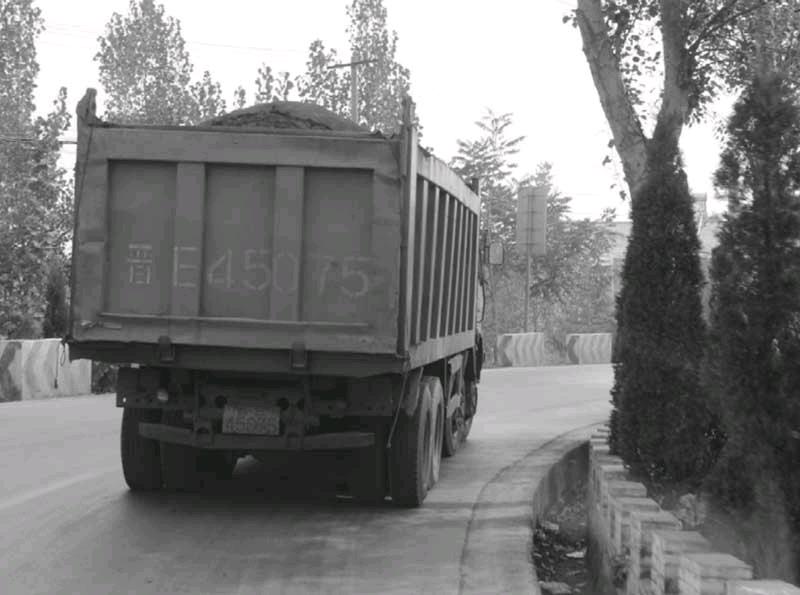China Faces Severe Coal Transport Capacity Shortage
2017-01-10
China is suffering from a major shortage of trains to transport coal, a situation that follows a pause in construction of new rail cars and the scrapping of many old ones due to oversupply and weak demand over the past three years.
Beijing has embarked on a campaign to eliminate excess capacity in a number of industrial sectors, with coal and iron both set for sharp reductions. Much of the excess was built to feed Chinas hungry economy during years of breakneck growth, when annual expansion routinely reached 10% or more.
But a new phase of slower growth, sluggish demand and trade barriers overseas have prompted Beijing to reduce capacity in a bid to shore up sagging prices. Coal prices have jumped sharply as a result of those reductions, compounded by strong demand for electricity during the cold winter months.
As a result of those factors, the country now faces a shortage of about 100,000 rail cars for coal transportation, according Guo Yuhua, a senior official at China Railway, operator of the countrys passenger and freight rail systems. He said that with a few exceptions, freight capacity is now being completely utilized on most of Chinas rail lines, creating a transportation crisis.
To address the shortage, China Railway has deployed 20,000 flatbed rail cars, and another 20,000 open cars, Guo said.
China Railway shipped 170 million tons of coal in October, up 6.6% from a year earlier. Beijing has set a reference shipping price of 15.51 fen (2.25 U.S. cents) per ton of coal, and the operator can charge up to 10% more than that rate based on demand.
The Bohai-Rim Steam-Coal Price Index, which measures domestic thermal coal prices, has risen more than 60% from the beginning of the year after the government ordered mines to cut production to trim overcapacity and fight pollution. This has led to a coal shortage heading into winter when demand typically peaks.
杂志排行
中国经贸聚焦·英文版的其它文章
- China Eyes Yuan Outflows in Battle Against Sinking Currency
- Planned Technological Transformation of Agri cultural Sector Fails to Im press Farmers
- Digital Currency Overturns the World
- Latest Public Official Changes in China
- Exhibitions
- Li Xiaohong Former President of Wuhan University Appointed as Deputy Minister of education
